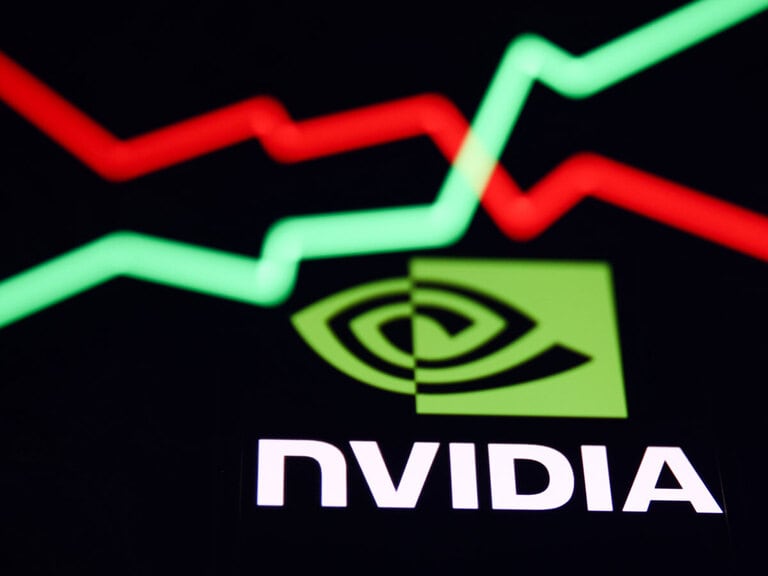The slide in the Netflix share price since the $700 highs back in November last year has been incredibly painful for shareholders, with the shares more than halving in value, and last night's numbers look set to make that pain much worse.
While rising interest rates have made investors much more discerning about valuations, the main streaming platforms had already been coming under pressure from increased competition, with the likes of Disney+, Amazon Prime and Apple TV+ , and these companies are now having to contend with evidence of slowing growth in subscriber numbers, amid rising inflation levels. This means consumers are likely to look at cutting back on some of their streaming services.
This is already becoming apparent in the UK, where it was reported yesterday that consumers have been cancelling streaming subscriptions to the tune of 1.5m during the first quarter of this year, according to Kantar. This changing trend was reinforced further last night when Netflix reported its first quarterly decline in subscribers in a decade, losing 200,000 customers, against an expectation that it would gain 2.5m, reducing total subscribers from 221.8m to 221.64m.
This wasn’t helped by the company’s withdrawal from Russia, which resulted in the loss of 700,000 customers. Even without that, the company saw paid net additions of 500,000, so the Q1 numbers would have fallen 2m short in any case. If that wasn’t bad enough, Netflix said it expects to lose another 2m subscribers in Q2 against an expectation of +2.4m, sending the shares sharply down in after-hours trading. Netflix says it expects to grow revenues by about 10% year-over-year, with an operating margin of 19%-20%.
The headline numbers saw profit come in at $3.53 a share, well above expectations of $2.91, while revenue came in at $7.87bn, slightly below expectations of $7.95bn.
This slowdown in subscriber growth isn’t likely to be confined to Netflix either, given the rising cost of living, which means content is going to become even more important than it is now. It’s certainly an area which Disney+ appears to be making good strides in, with the addition of Star to its streaming platform.
In an effort to improve revenue, Netflix has said it is looking at cracking down on password sharing, which it estimates is being abused to the tune of an estimated 100m+ households using another household account. The company also needs to improve the way it monetises its international market revenue. Netflix says that its currently producing films and TV in more than 50 countries, with three out of its six most popular TV seasons using non-English language titles, and yet it refuses to hedge its FX exposure, where a stronger US dollar is currently acting as a drag on revenue. The company has been diversifying its business model into gaming; however, any gains here have been incremental, and could take a while to reap the benefits.
Despite yesterday’s disappointing Q1 update Netflix remains the number one streaming company, with a still fairly low churn rate. Nonetheless the biggest challenge going forward will not just be a more intensive landscape competition wise, but also the rising cost of living, as well as starting to hit critical mass in some of its key markets. This in turn will prompt a sharp reassessment of future subscriber growth estimates across the sector, with Disney, Apple TV+ and Amazon Prime expected to come under similar scrutiny in the days ahead, although at least on their part they have other revenue streams to fall back on.
Netflix has no such buffer and will be hoping that it remains the consumer streaming option of choice as the squeeze on the consumer intensifies. As investors digest yesterday’s surprise earnings miss, the altogether bigger question is, have we hit peak Netflix?






